📌 Future Concepts Explored [Part 3] - Collective Consciousness, Distributed Intelligence, and the Identity structures of Super Organisms
📌 Future Concepts Explored [Part 3] - Collective Consciousness, Distributed Intelligence, and the Identity structures of Super Organisms
This series of articles aims to explain, elaborate on, and explore the potential advances of technology that are likely to occur in the long term future. I will discuss the potential challenges that various technologies may cause, and how I believe that they should best be solved. I will speculate on the impacts and benefits that the technologies will cause, and how they will all come together to shape the future of Humanity. I will discuss the implications that they might have on the Human condition, the survival and empowerment of our species, and how these technologies will fundamentally change what it means to be human. This is an ongoing multi-part series.
Music – Captain Panic – Dark Energy -
https://www.youtube.com/watch?v=l4YcdL1S4MI
Collective consciousness is the combination of several previously independent consciousnesses into a single consciousness, using neural interfacing technology to transmit information directly from one brain to another, or to a network of computers, which in turn process and relay the information to other people.
An individual’s stream of conscious thought, memories, experiences, judgement, and intelligence is translated into digital data, and merged into a cohesive single consciousness with the consciousness of others. Entities which use this method of group cognition are referred to as super organisms, and may include both biological and technological intelligences. When a super organism utilises a network of super computers merged with the brains of its biological members, it is a distributed intelligence. Distributed intelligence collectives would utilise complex algorithms to process all the thoughts of their members into either a single stream of thought, or into a meaningful combination of streams of thought, with varying parameters of operation.
When the technology is developed, the benefits of living as a member of a Distributed Collective Intelligence would be vast.
The intelligence of a brain increases non-linearly with the number of neurons that it has to form connection networks with.
When hundreds, or millions of already intelligent human brains are cohesively merged into a collective mind, there would be an exponential increase in the sheer cognitive power that the group is capable of when thinking together, compared to individually. Any problems faced by individuals that are difficult to solve would become trivial in the face of the combined intelligence of a collective. The phenomena of the wisdom of the crowd, that is, that the combined opinion or estimation of a large group of people more closely matches reality than the determination of the best experts, would be leveraged on masse by collective consciousness. Collective Consciousnesses could generate creative works based on the passion, experience and vivid memories of a multitude of people, and draw on the ideas of their members to generate solutions to problems that would not have been feasible for individuals to comprehend separately. The sensory input from all collective members could be shared to the entire collective, allowing an all-encompassing visual perception. What we see in our field of vision is merely the brain’s interpretation of electrical signals. The human brain will have to rewrite its own interpretation of conscious experience to adapt to the increase in sensory input, and a massive field of view expansion will take place in the conscious experience of the collective consciousness.
Just as a million minds will think as one, a million pairs of eyes will see as one.
Telepathic communication between individuals would be instantaneous, from any location, without any external viewing device necessary.
Just as the printing press allowed text to be stored and shared, and the internet enabled anyone to instantaneously share digital information through screens, collective consciousness technology will enable anyone to directly share their thoughts, emotions, memories, and sensory input with any individual or group of people, and to cognitively combine with unprecedented efficiency. Any desired thoughts would be transmitted directly to the mind of the recipient. The barrier between individuals will fade, and collective personalities will develop that are immeasurably more intelligent, compelling, and fulfilling than any single human consciousness. The consciousness of a distributed intelligence would be backed up on decentralised server networks, making them very difficult to eliminate, and resilient to attack. The collective consciousness flow would remain, along with all of an individual’s uploaded memories, long after a biological member of the collective is dead. Memories would live on within collectives forever, making them vast archives of human knowledge, experience, and vivid perceptions, that could be seen as if you are the person who lived them.
The barriers between individual and collective memory would fade away, and the once fragile human existence would live on eternally in the minds of those who follow.
The types of Collective intelligence that could emerge are various.
An application layer would develop to allow for the connection to collectives, and the direct transfer of thoughts, memories, and emotions to one person, to a group, or to the open public. They would be stored on servers temporarily, or permanently, and could be accessed openly, or with permission restrictions. Social networking would be rebuilt from scratch within the human brain. Collective consciousnesses would be decentralised networks that are hosted on server nodes, which facilitate the centralisation of thought processes into a unified stream. Each collective would be able to have its own method of merging the consciousnesses of its members. Some would have all of the minds and connected computers thinking as one, indistinguishable from each other. Others would have individuals remaining neurally separated, and only partially collectivised. Others might not have a collective mind, only collective thought transmission, meaning all individuals would be telepathically linked to each other for communication, but would not think as one. These individual thought enabling collectives might prioritise the audibility of voices by some sort of ranking mechanism, by proximity to other members of the collective, or the amount of individuals focusing on the voice. Collectives would have many layers of cognition; each being combined into higher layers before being unified into a single thought process. Collectives would have varying levels of direct control over the actions of their members. Some would have no influence, and others would enable their members to voluntarily cede bodily control to the collective will, of which the individual is a part. Collectives could share their emotions as easily as their thoughts, and would enable a collective group empathy.
Other members of the collective would become a part of you, and you would become a part of them.
Ultimately, each individual would join the collective that suits their preferences.
Collectives that offer superior intelligence amplification, a networking effect, economic incentives, and empowering wisdom would be favoured. Assuming that neural interfaces are open source and widely intercompatible, different collectives would compete with each other for members, and people would be free to switch between them as desired. Various different collectives would interface with each other, allowing for the telepathic communication between any individuals, regardless of whether they are connected to the same collective. Collective Intelligence Corporations could form, in which the members work together as one mind, and receive equal compensation from the collective’s profit. Collectives could offer income streams to their members, and offer access to resources to benefit their members. There would be collectives optimised for any organisational function, whether work, socialising, discussion, combat, sport, or scientific research. The emerging variety of collective distributed intelligences would serve varying purposes for their members, each to be joined at relevant times, for task specific purposes, or for general thought merging in leisure time.
The differences between the operational structures of these collectives would be as varied and unique as those between individuals.
There would be clear and direct risks to those who join collectives, and the societies that they interact with.
Collectives that recruit new members by force, impose their will on members without their consent, or do not allow members to leave the collective after joining would pose a grave threat to society, and their collective members. Collective consciousnesses could be hijacked and used for nefarious purposes, such as warfare or indentured labour. Sensitive information could be uploaded to the collective consciousness accidentally, such as bank account passwords, or cryptocurrency private keys. Nefarious collective consciousnesses could download incriminating or sensitive information directly from the mind of a target, and extort them with the threat of releasing it to the public. Information that was once considered secret may not be able to be kept secret in a consciousness of shared thought. Collective members may become dependent and embedded in their collective consciousness to the extent of inseparability. After spending a lifetime in a collective consciousness, individuals may become so integrated that the structure of their brain permanently alters to process the constant incoming information from the collective, and may not be able to recover if they leave.
Just as an organ cannot survive outside the body that supports it, so may a human mind become unable to survive outside its collective.
In order to prevent this from occurring, neural interfaces would need to be designed so that there is always a part of the human brain that is not connected to the collective consciousness.
This would act as a preserving repository of individual identity and secret information. Different collectives would have different mechanisms for determining which thoughts are transmitted, which memories are accessible, and how much of the brain’s processing power is merged into the collective mind. Additionally, the mechanisms of securing individual property and access controls would need to be based upon something more intrinsically individual than a piece of secret information, as keeping a password safe would not be viable after the widespread direct sharing of thoughts, and merging of conscious minds. Whether this may take the form of advanced biometric verification, or some form of encrypted neural signature remains to be seen.
Either way, security as we know it will simply not work in a world of collective consciousness.
The emergence of collective consciousness raises many questions:
- Will collectives have a similar legal status to corporations, in that they can own property, and have a legally binding individual agency?
- What economic or social incentives will collectives offer to their prospective members?
- If a million people voluntarily choose to identify as a single superorganism, will the rest of society accept this, or still see them as individuals linked by neural interfaces?
- How aggressive will rival superorganisms be in their competition with each other over members and resources?
- How many people will realistically choose to join collective consciousnesses voluntarily?
- What incentives or benefits would it take for the average person to join and start a critical mass?
- What rules will collectives enforce on their members? And will they be expelled from the collective for non-compliance?
This technology would cause a fundamental shift in society, and the paradigm of widespread information asymmetry that guides economic competition, asset security, and social biases would crumble.
There would cease to by a one to one mapping between an individual physical person and the cumulative memories that make up their personality. Privacy would evaporate, but if the individuals in their collectives truly accept that they are one being, with one mind, and one identity, then it will be irrelevant. The collective mind will overcome the barriers between people, and they will cease to be individuals, they will be a mind in a collective, as a cell is to a body. For members of a fully merged mind collective, private property will not be relevant. The will act as one, and live as one. How these immense intelligences will choose to interact with outsiders, and to what extent they will seek out new members is unknown. But, as long as collective members join, remain, and act voluntarily within the collective, then they can only benefit from their collectivised intelligence. A vast interconnected, computationally empowered and integrated super organism will be virtually unstoppable in the pursuit of whatever goals it seeks to strive for. Their impact on society will be unprecedented, and the group identity structure that they offer people will far exceed those offered by nation states. A line on a map cannot compete with the strength of the social, cognitive, emotional, and physical bonds that directly sharing thoughts, and memories with a group will offer.
People will be citizens of their collective, not their country.
Over the long term, competing collective consciousnesses will form superorganisms that are exponentially more intelligent, wise, empathetic, and creative than their members could be individually.
The motivations and conscious experiences of super organisms will not be understandable or comprehensible to any individual mind. The bonds between the members of a super organism will blur the lines between individual humans, and they will slowly cease to be individuals, but rather a part of a vast consciousness. Nation states, individual private property, privacy, and individual thought will be irrelevant to those who choose to join a collective consciousness, and they will be more powerful than any country, corporation, or organisation that history has ever seen. Society will be reshaped by the actions, and motivations of massive networks of people so resolutely focused and united that they think with a single mind, and share everything about themselves with each other.
Collective consciousness will be a unifying force for the empowerment of Humanity uncomparable to any other system of coordination or doctrine of allegiance. Will you be ready? And will you join us?
By Harrison Mclean [dahaz159] 29/8/16
Follow to get all Future Concepts Explored Articles straight to your feed
Relevant Videos –
PostHuman: An introduction to Transhumanism
Humanity: Good Ending
Shout out to my favourite whales, creators, and legends of Steem [Best platform ever] - @dan @dantheman @ned @roelandp @jesta @berniesanders @stellabelle @smooth @blocktrades @roadscape @piedpiper @xeroc @dragonanarchist @fyrstikken @dollarvigilante
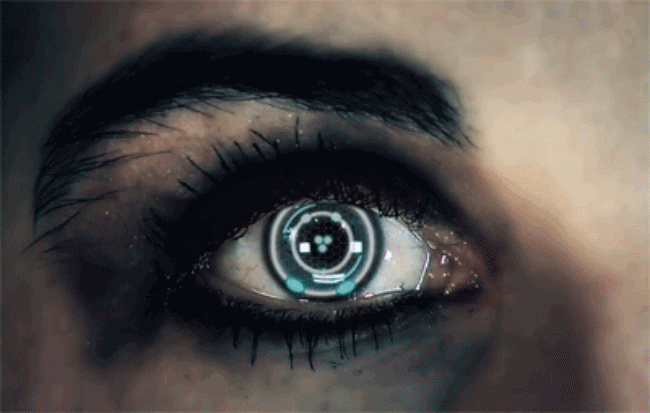
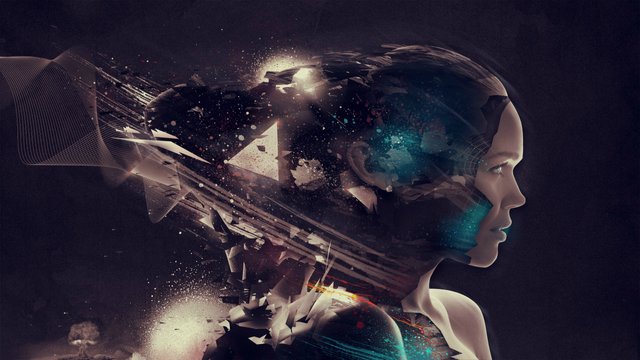
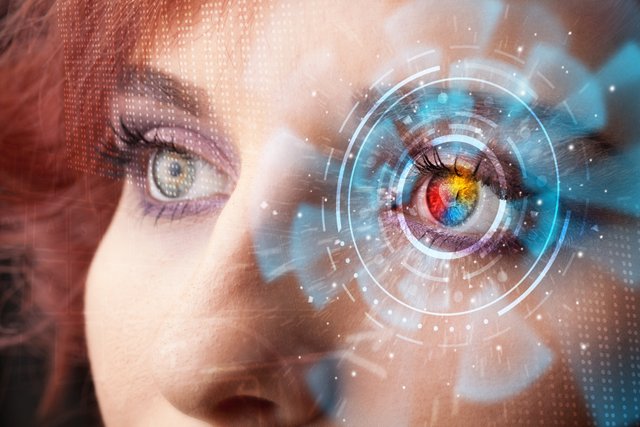
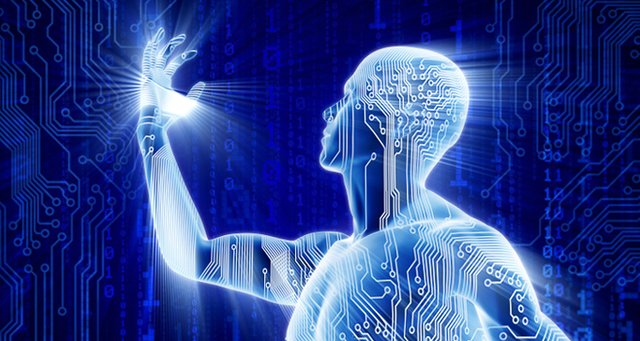



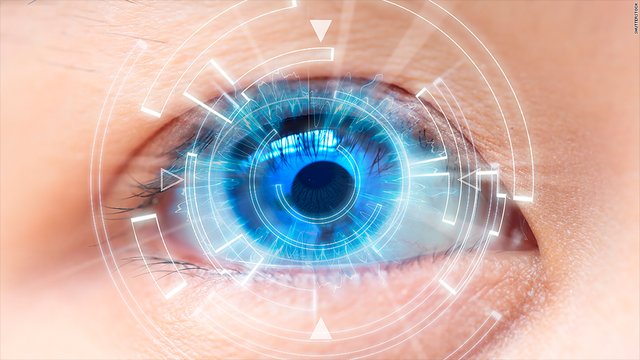

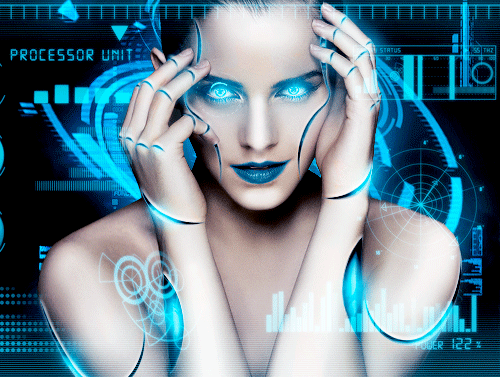
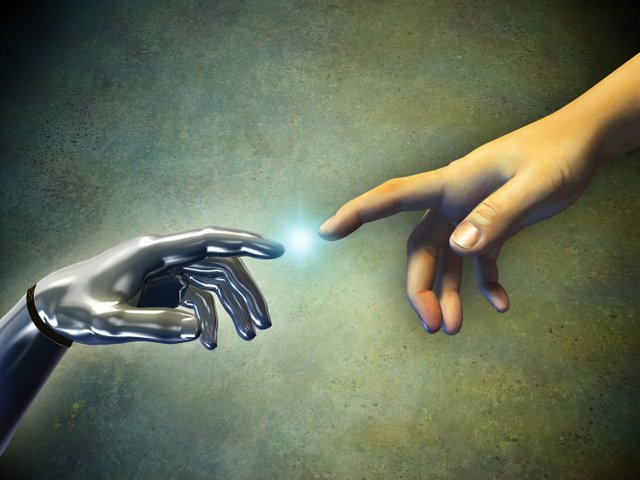

Hey there buddy, really enjoyed your article. Are you hanging out on https://steemit.chat ? Come over for a chat.
And how would you describe Steemit in the perspective of collective consciousness? :)
Thanks, I think that Steemit is the closest thing we have to a collective consciousness in our time. It is decentralised, organises the posts of thousands of people into a coherent stream without any centralised server according to protocols that are defined and changeable by the stakeholders, and backs up all its content in the blockchain perpetually.
These aspects parallel a collective consciousness, which would organises and merge the thoughts of its collective members into a single stream of consciousness, through a decentralised network of servers, according to emergent member defined parameters, and backup the uploaded thoughts, memories, and personalities of its individual members to a perpetual storage.
Good post and the music was very fitting.
Nice pictures too! Please consider including their source!
Thanks, will include image sources from now on
Very interesting topic and detailed articles! Followed!
How do you account for such wetware limitations as evidenced by 'dunbar's number'
For those who don't know. Dunbar's number is the cognitive limit of those who we can think of as 'us'. Beyond that number others are thought of as 'them'.
Dunbar's number is individually variable but is approximately one hundred and fifty.
I have not taken into account Dunbar's proposed limit to how many stable relationships can be maintained by a person, while having a mental model of how each person relates to one another. I can only speculate that with the technology to instantaneously communicate directly via thought, and have a vastly expanded memory through a collective consciousness' distributed computational network, that this social stability number would be vastly increased, due to the improvement in communication efficiency, and telepathic retrieval of their memories and thoughts.
Additionally, I don't believe that Dunbar's number is intended to limit the amount of people that can be considered "Us" vs. "Them". There are much larger groups than 150 people in which each member considers all others to be within their "In" group, and treats them with an "Us" disposition. It instead limits the amount of people an individual can have a stable relationship with, and have an understanding of how all these 150 people interrelate. Thanks for your question.